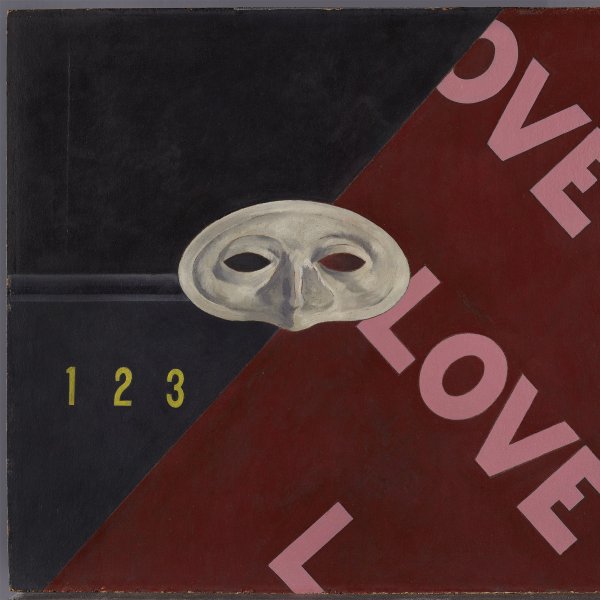Charles Demuth
Lancaster, 1883-1935
Charles Demuth was one of the first American artists to come into contact with the novelties of the early twentieth-century European avant-garde. He made several trips to Europe, where he became acquainted firsthand with the new trends in art and frequented the artists belonging to the circle of Alfred Stieglitz.
Demuth first studied at the Drexel Institute of Art, Science and Industry in Philadelphia in 1901 and continued from 1905 to 1911 at the Pennsylvania Academy of the Fine Arts, where William Merrit Chase was among his teachers. He completed his studies with various trips to Europe (in 1907–8, 1912–14 and 1921), during which he attended different Paris academies and came into contact with Gertrude and Leo Stein, Jo Davidson and Ezra Pound. He also met Marcel Duchamp, Georgia O’Keeffe, Marsden Hartley and Alfred Stieglitz, at whose gallery, An American Place, he exhibited his work regularly from 1924 onwards. In 1916–17 he travelled to Bermuda with Marsden Hartley and Albert Gleizes, who introduced him to Cubism.
Demuth’s hometown, Lancaster, was one of his favourite themes, especially from 1919 to 1933, when he produced a series centred on its architecture. These industrial landscapes are connected with Precisionism on account of the simplification of forms which tends towards abstraction. For this series the artist used a larger format than usual and abandoned watercolour, which had been his favourite medium. In 1914 he added to the Lancaster motifs music hall scenes — which were influenced stylistically by the work of Henri de Toulouse-Lautrec, Edgar Degas and Henri Matisse — and from 1916 onwards still-life pictures of flowers and vegetables. In the late 1920s he produced a series of symbolic portraits known as the Poster Portraits, featuring friends such as John Marin, Georgia O’Keeffe, William Carlos Williams and Gertrude Stein. Unlike his still lifes, which were well received, neither his Lanscaster landscapes nor his Poster Portraits were liked by the public.
Demuth, who never enjoyed good health, died in 1935.
Demuth first studied at the Drexel Institute of Art, Science and Industry in Philadelphia in 1901 and continued from 1905 to 1911 at the Pennsylvania Academy of the Fine Arts, where William Merrit Chase was among his teachers. He completed his studies with various trips to Europe (in 1907–8, 1912–14 and 1921), during which he attended different Paris academies and came into contact with Gertrude and Leo Stein, Jo Davidson and Ezra Pound. He also met Marcel Duchamp, Georgia O’Keeffe, Marsden Hartley and Alfred Stieglitz, at whose gallery, An American Place, he exhibited his work regularly from 1924 onwards. In 1916–17 he travelled to Bermuda with Marsden Hartley and Albert Gleizes, who introduced him to Cubism.
Demuth’s hometown, Lancaster, was one of his favourite themes, especially from 1919 to 1933, when he produced a series centred on its architecture. These industrial landscapes are connected with Precisionism on account of the simplification of forms which tends towards abstraction. For this series the artist used a larger format than usual and abandoned watercolour, which had been his favourite medium. In 1914 he added to the Lancaster motifs music hall scenes — which were influenced stylistically by the work of Henri de Toulouse-Lautrec, Edgar Degas and Henri Matisse — and from 1916 onwards still-life pictures of flowers and vegetables. In the late 1920s he produced a series of symbolic portraits known as the Poster Portraits, featuring friends such as John Marin, Georgia O’Keeffe, William Carlos Williams and Gertrude Stein. Unlike his still lifes, which were well received, neither his Lanscaster landscapes nor his Poster Portraits were liked by the public.
Demuth, who never enjoyed good health, died in 1935.





